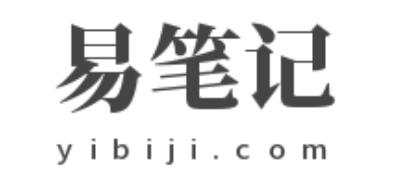核心提示:父-子 pass props子-父 emit event一、props父组件:child message=hello!/child子组件:templatep id=childspan{{message...
父->子 pass props
子->父 emit event
一、props
父组件:
<child message="hello!"></child>
子组件:
<template>
<p id="child">
<span>{{message}}</span>
</p>
</template>
<script type="text/javascript">
export default{
props:['message']
}
</script>
主要是message,在父组件使用时添加message,传递参数,在子组件通过props接受message,然后再在子组件中渲染出来。
props的数据可以向data里的数据一样在组件模板内部使用。也可以this.message使用
关于命名方式 组件的命名:my-comp/myComp
这两个等价,但是在页面渲染使用时只能myComp使用。
**
动态props
**
就是将从父组件传入的值动态传入:这里使用input实现
父:
<input type="text" name="toChild" v-model="toChild">
<child :message="toChild"></child>//数据绑定
//toChild的声明
data(){
return{
toChild:''
}
}
子组件不变
对于props:
prop验证:
props:{
'message':Number
}
这种的。
**
二、event
**
子->父
使用v-on的自定义事件
1、使用on(eventName)监听事件2、使用emit(eventName)触发事件
例子:
父:
<child :message="toChild" @my-event="fromChild"></child>
<span>{{fromChildData}}</span>
//
fromChild(msg){
this.fromChildData=msg;
}
子:
<template>
<p id="child">
<span>{{message}}</span>
<button v-on:click="toFather">emit</button>
</p>
</template>
<script type="text/javascript">
export default{
props:{
'message':String
},
data(){
return{
data:'555'
}
},
methods:{
toFather(){
this.$emit('my-event',this.data)
}
}
}
</script>
































